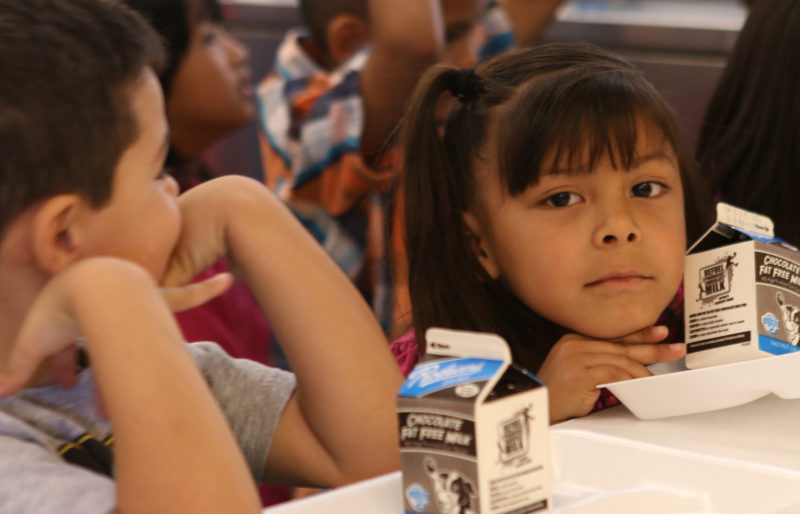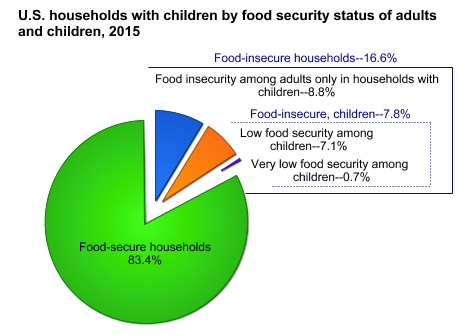Mortality Rate in Northeast Texas is one of the Highest in the Nation

Northeast Texas has an astoundingly high mortality rate as people are dying at far greater rates than the rest of Texas and even the rest of the country, Texas Monthly reports. State health data was used by the University of Texas Health System and showed alarming results. The mortality rate in the area has a 33% higher death rate from heart disease, a 35% higher death rate from lung cancer, and a 40% higher rate of suicide than the rest of the state. Texas (38.16 Latino population) is currently struggling with a well-documented problems of infant mortality; however, the problem is even direr in Northeast Texas where 6.3 babies die every 1,000 births, compared to 5.8 across the Lone Star State. “Northeast Texas also is comparably poorer and less educated than Texas as a whole, ...
Read More






